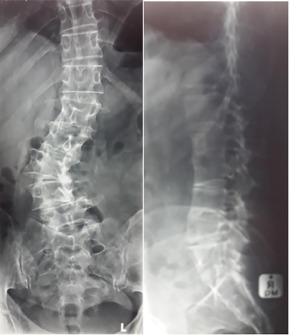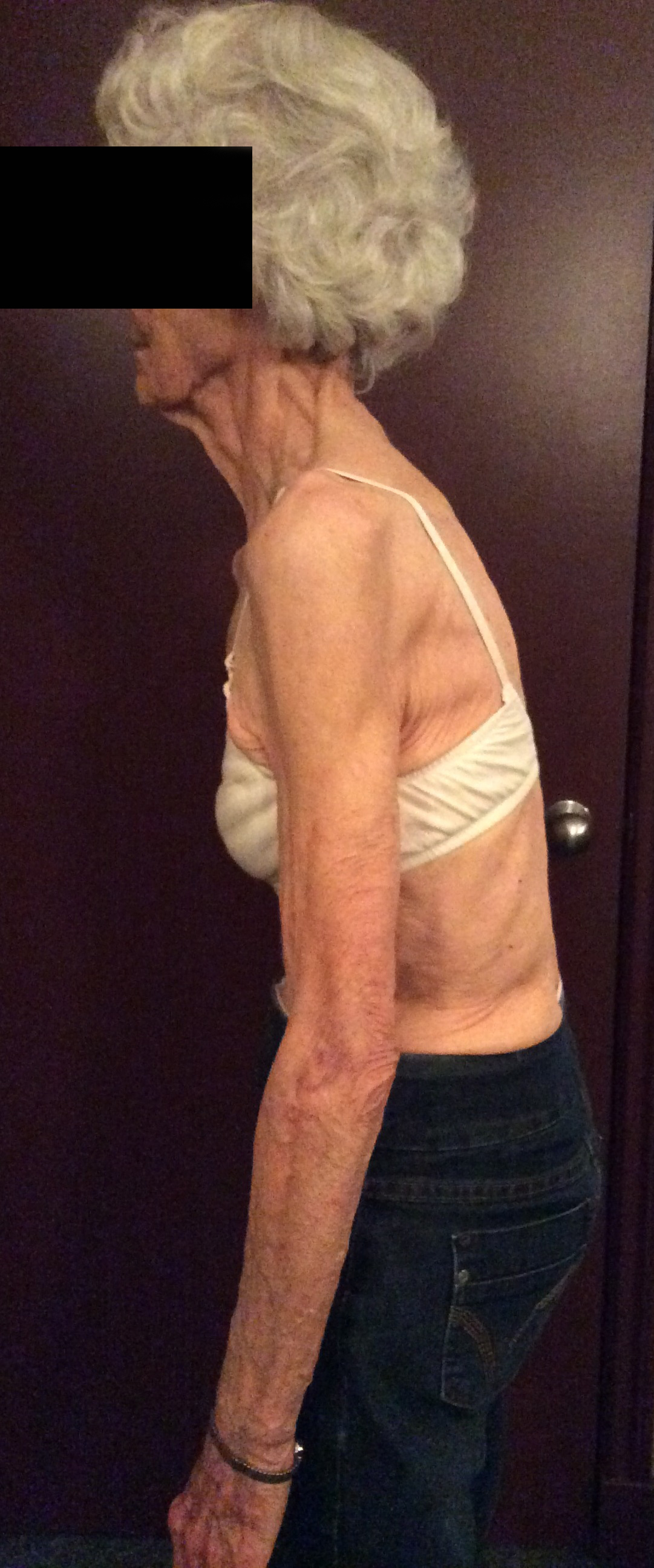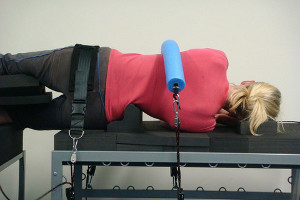Adult degenerative scoliosis, or denovo scoliosis, is a structural change of the spine with a higher incidence than adolescent idiopathic scoliosis. The aging population has resulted in more and more cases of this type of adult scoliosis presenting in general practice . The longer we live, the more likely we will face degenerative changes in the spine. This can predispose us to the onset of scoliosis that only starts in adulthood. Sure, there can be many patients facing scoliosis that started in early childhood or adolescence, but there is this growing number of people that need our attention – adults with a new case of scoliosis.
The prevalence of Scoliosis increases with age….
• Adolescent Scoliosis in Adults (ASA) is a pre-existing AIS in adulthood
• 0.3% – 0.5% in children
• 2% – 4% above the age of 18 years
• Degenerative De Novo Scoliosis (DDS) is a new development of scoliosis in adulthood -No previous history
• 9% in over 40 year olds
• 30%+ in over 60 year olds • 50%+ in over 90 year olds
How does adult denovo scoliosis occur?
Spinal degeneration is the main cause of this type of scoliosis. This involves asymmetric loading leading to degeneration of the intervertebral discs and facet joints at different levels. This asymmetric loading, coupled with degeneration, creates instability in the spine, leading to curve progression and an eventual 3D deformity . The lumbar spine is particularly at risk of disc degeneration because it bears most of the body weight, and thus it’s easy to see why this condition often occurs in the lumbar spine.

Osteophytes will form at the facet joints and vertebral end plates, which will add to any already existing narrowing of the spinal canal . This is then exaggerated by ligamentum flavum hypertrophy and calcification . Foraminal stenosis results .
Instability of the spinal column then causes further destruction of the fact joints and intervertebral discs. Clinically, we may see this as spondylolisthesis or lateral listhesis, or both. Patients who have had extensive facetectomies during spine surgery are also at risk of instability and the onset of scoliosis.
Does adult scoliosis hurt?
Indeed it often does. Back pain and leg pain are common in these patients, with incidence reports varying between 40-90% . Back pain happens for many reasons, such as:
- muscle fatigue
- Facet Arthritis
- degenerative disc disease
Non-surgical treatment can be considered for adult patients with denovo scoliosis in the absence of significant stenotic and/or radicular symptoms .
Surgery, bracing, or scoliosis specific exercises for adults?
While bracing in adults is an area requiring further research, there is some evidence to suggest it does play a role in management of adults with scoliosis. There is evidence by Palazzo et al (2016) showing that bracing may be effective in slowing down the rate of progression in adult scoliosis . This gives patients some hope that it indeed may be worth trying bracing as an option before considering surgery.


The other good news is that scoliosis specific exercises have been shown to be superior to natural history in adults who have scoliosis . The authors of this study suggest that scoliosis specific exercises should be considered as the ‘first line treatment’ especially in patients refusing scoliosis surgery .

The size of the curve is not correlated with symptom severity in adults , and so it’s a good idea to not allow patients to focus on Cobb angle.
In our clinical experience not all adults want surgery, even if it has been recommended to them by a surgeon. Looking at the research gives us hope and reason to give patients options before surgery. Scoliosis specific exercises, sometimes coupled with bracing where required, are potential viable treatment options to try for many patients.
